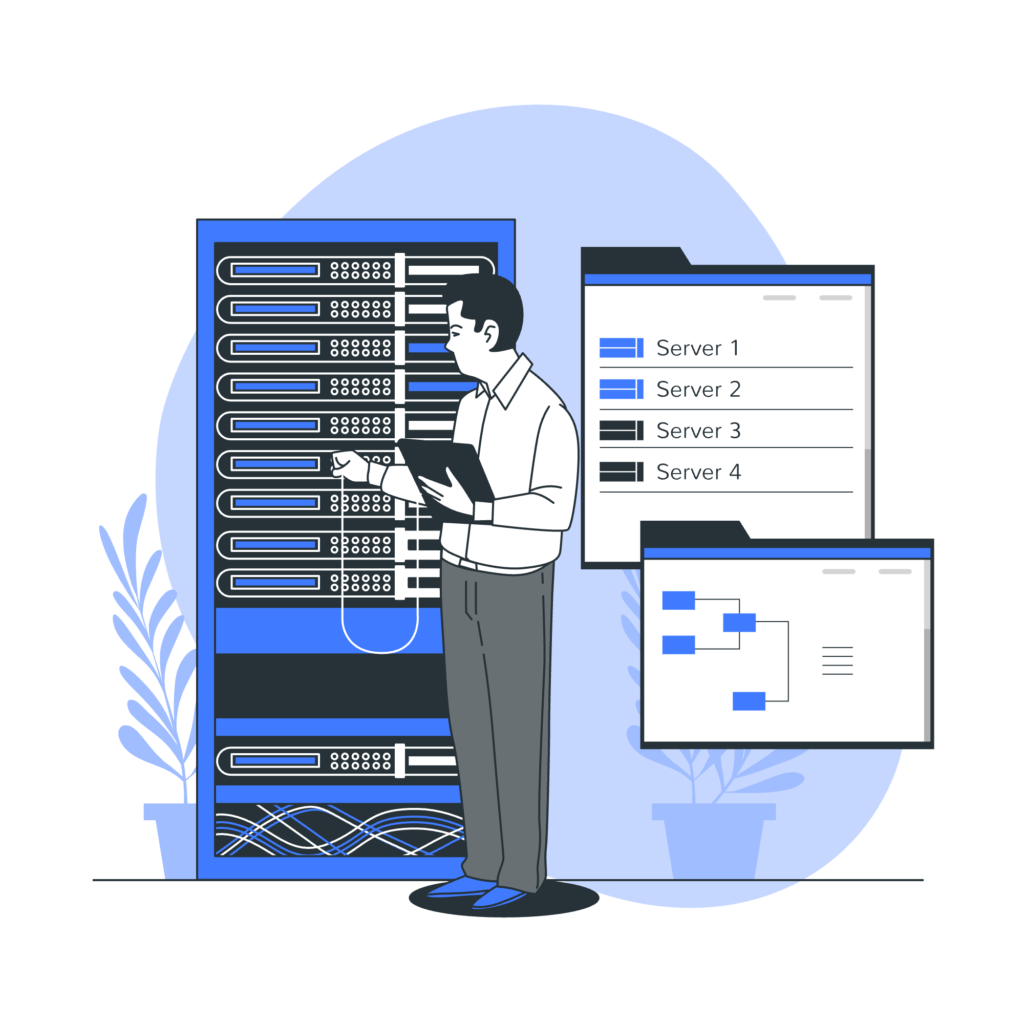Site Speed Optimization
for Enhanced Performance
How Our Website Speed Optimization Functions
Thorough Evaluation
We perform an in-depth assessment of your website’s speed, pinpointing areas for enhancement such as browser caching, image resizing, and database optimization to elevate its performance
Technical Enhancements
Our team implements a series of technical upgrades including code minification, optimization of website themes and plugins, and image compression to hasten loading times.
Optimization of Content and Resources
We give priority to crucial resources, optimize CSS and JavaScript files, and set up a Content Delivery Network (CDN) through services like Cloudflare to enrich user experience and diminish page load durations.
Benefits of Website Speed Optimization

Enhanced User Experience
Quicker loading times resulting from browser caching and image resizing heighten user satisfaction, decreasing bounce rates and boosting engagement on your website.

Improved Search Engine Ranking
Optimization efforts such as minification and database optimization contribute to enhanced search engine rankings, amplifying visibility and organic traffic.

Cost Reduction
Optimization of image sizes and utilization of compression techniques decrease bandwidth usage, leading to diminished hosting costs and enhanced website efficiency over time.

Efficient Resource Management
CSS and JavaScript file minification ensures effective resource utilization, lessening server load and improving overall website performance, especially during peak traffic periods.
Got Any Questions ?
The primary goal of website speed optimization is to enhance the loading speed of web pages, thereby improving user experience, reducing bounce rates, and increasing engagement.
The optimization process typically addresses various aspects of website speed, including browser caching, image resizing, database optimization, code minification, theme and plugin optimization, and content delivery network (CDN) configuration.
Browser caching allows web browsers to store static resources locally, such as images, CSS files, and JavaScript files. When a user revisits a website, these resources can be retrieved from the local cache rather than downloading them again from the server, resulting in faster page loading times.
Image resizing involves reducing the file size of images without significantly compromising their quality. This helps to minimize the time it takes for images to load on web pages, contributing to faster overall page loading times.
